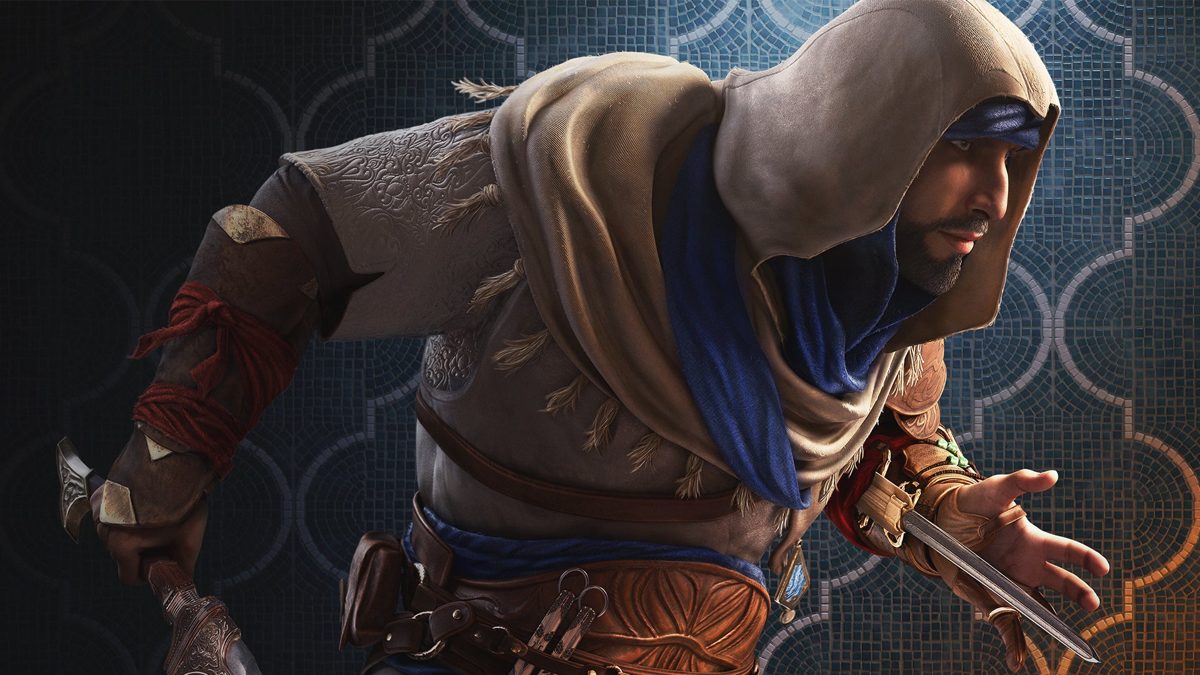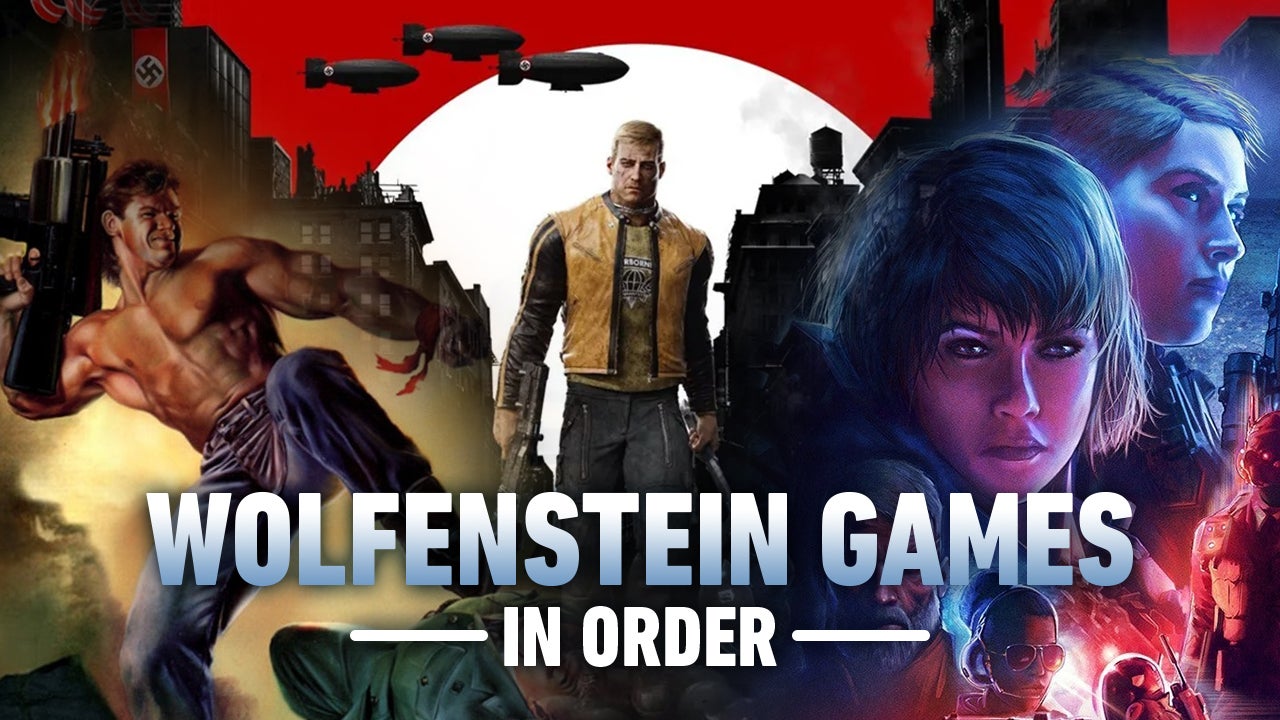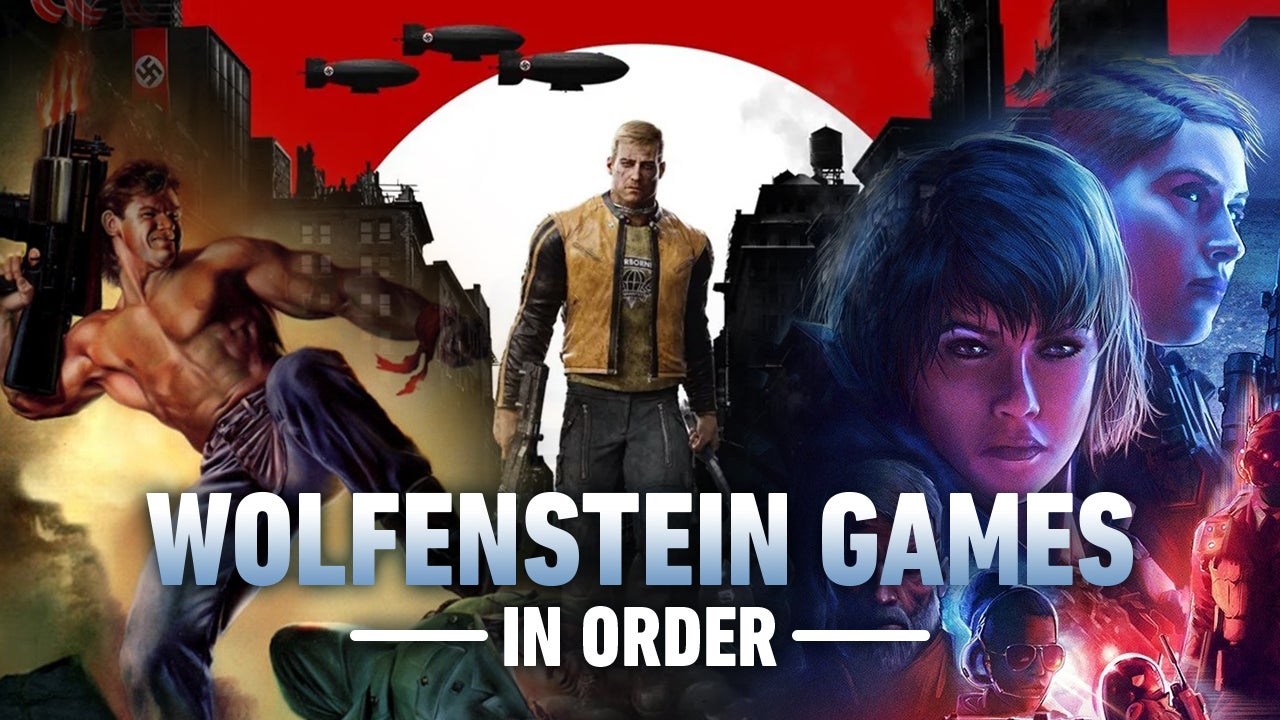## Feel the Heat: Slaying Demons Through Time with the DOOM Saga
From its pixelated beginnings to the modern-day glory of id Software’s latest masterpiece, the DOOM franchise has been synonymous with adrenaline-pumping action and unrelenting demon slaying for over three decades. But for newcomers or even seasoned veterans who want to truly understand the iconic saga, jumping in at any point can feel overwhelming. Where do you even begin? Fear not, demon hunters! We’ve got you covered.

The Wolfenstein Timeline: Blazkowicz’s Bloody Path
The Roots of Resistance: Muse Software’s Legacy

The first two installments in the Wolfenstein saga were developed by Muse Software and released in the early 1980s. These top-down, stealth-action experiences laid the groundwork for the series’ iconic premise and established B.J. Blazkowicz as a prominent figure in gaming history. While these early entries may seem dated by today’s standards, they offer a fascinating glimpse into the origins of a franchise that would go on to define the first-person shooter genre.
Castle Wolfenstein and the Classic Beginnings
Released in 1981, Castle Wolfenstein was a groundbreaking title that introduced players to the concept of stealth-action gaming. The game tasked players with infiltrating the titular castle, a heavily guarded Nazi stronghold, and rescuing a group of Allied prisoners. Armed with a pistol, grenades, and cunning, players had to navigate the castle’s labyrinthine corridors, avoiding enemy patrols and eliminating guards to complete their objective. Castle Wolfenstein‘s innovative gameplay mechanics, limited resources, and tense atmosphere set a precedent for future stealth games, influencing titles like Metal Gear and Splinter Cell.
Beyond Castle Wolfenstein and the Rise of B.J. Blazkowicz
In 1984, Beyond Castle Wolfenstein expanded upon the formula established by its predecessor, introducing a more complex storyline and a memorable protagonist: B.J. Blazkowicz. This time, players took on the role of Blazkowicz, a daring American commando tasked with infiltrating a Nazi bunker and assassinating Adolf Hitler himself. The game introduced new gameplay elements, such as the ability to pick up and use enemy weapons, and expanded upon the stealth mechanics, requiring players to think tactically and utilize the environment to their advantage.

Id Software’s Reign: 3D Warfare and Beyond
With the advent of 3D graphics, id Software acquired the rights to the Wolfenstein franchise and ushered in a new era for the series. Their groundbreaking 1992 release, Wolfenstein 3D, redefined first-person shooters and set the stage for the genre’s future dominance.
Wolfenstein 3D and the FPS Revolution
Wolfenstein 3D was a game changer. It brought the concept of first-person shooting to the masses, immersing players in a fast-paced, action-packed world where they could experience the thrill of combat from a soldier’s perspective. Its groundbreaking graphics, for the time, created a sense of depth and realism that had never been seen before. The game’s innovative level design, featuring sprawling, interconnected environments, encouraged exploration and experimentation, allowing players to find their own paths through the Nazi-infested dungeons. Furthermore, Wolfenstein 3D introduced memorable enemy types, like the iconic SS soldiers and the monstrous Super Soldiers, each with their unique attacks and behaviors.
Spear of Destiny and the Nazi’s Secret
Released as an expansion pack for Wolfenstein 3D in 1994, Spear of Destiny took players on a thrilling prequel adventure. This expansion delved deeper into the lore of the Wolfenstein universe, exploring the origins of B.J. Blazkowicz’s vendetta against the Nazis. Players relived key moments from Wolfenstein 3D, this time with added context and backstory. The expansion also introduced new weapons, enemies, and levels, further expanding upon the already rich world of the game.

The New Order: A Modern Take on a Classic
In 2014, MachineGames, a studio founded by former members of id Software, reimagined the Wolfenstein franchise with Wolfenstein: The New Order. This reboot took a bold step, re-contextualizing the series within an alternate-history setting where the Nazis won World War II.
Wolfenstein: The New Order and the Alternate Reality
Set in an alternate 1960s, The New Order pits players against a ruthless Nazi regime that has global dominance. Blazkowicz, a hardened resistance fighter, is tasked with battling against the monstrously powerful and technologically advanced Nazi war machine. The game’s narrative is a gripping blend of action, spy thriller, and thought-provoking social commentary. By exploring a world where fascism triumphed, The New Order raises questions about the nature of power, the dangers of unchecked ambition, and the importance of fighting for freedom.
Wolfenstein: The New Colossus and the Rise of Resistance
Released in 2017, Wolfenstein: The New Colossus continues Blazkowicz’s story, pushing the narrative even further into a dark and gritty world where the fight for freedom is a constant struggle. This sequel expands upon the themes established in its predecessor, exploring the horrors of Nazi tyranny and the resilience of the human spirit. While The New Order was a masterclass in setting the stage, The New Colossus is where the series truly finds its voice.
Conclusion
Conclusion: Embark on a Doom-filled Odyssey
As we conclude our comprehensive guide on how to play the Doom games in chronological order, it’s clear that the series has undergone a remarkable transformation over the years. From the classic 1993 release that revolutionized the first-person shooter genre to the modern reboots that push the boundaries of visuals and gameplay, the Doom series has consistently delivered on its promise of intense action and immersive storytelling. Our article highlighted key points such as the series’ evolution, notable game releases, and expert tips for navigating each game’s unique mechanics. By playing the Doom games in chronological order, players can appreciate the significant advancements and innovations that have shaped the series into what it is today.
The Doom series has not only contributed to the gaming industry’s growth but also left a lasting impact on popular culture. Its influence can be seen in numerous other games, films, and even music videos. As we look to the future, it’s exciting to consider the possibilities that the Doom series might hold. Will we see a return to the classic gameplay of the original, or will the series continue to push the boundaries of what’s possible in the world of first-person shooters? One thing is certain – the Doom series will continue to captivate audiences with its blend of intense action, dark atmosphere, and nostalgic charm.
As you embark on this Doom-filled odyssey, remember that the series is more than just a collection of games – it’s a journey through the evolution of gaming itself. So, gather your shotgun, prep your health pack, and get ready to face the demons that lie within. The fate of humanity may not be at stake, but your gaming experience certainly is. Join us next time on Gamestanza as we explore more gaming classics and uncover the secrets behind the most iconic franchises in gaming history.